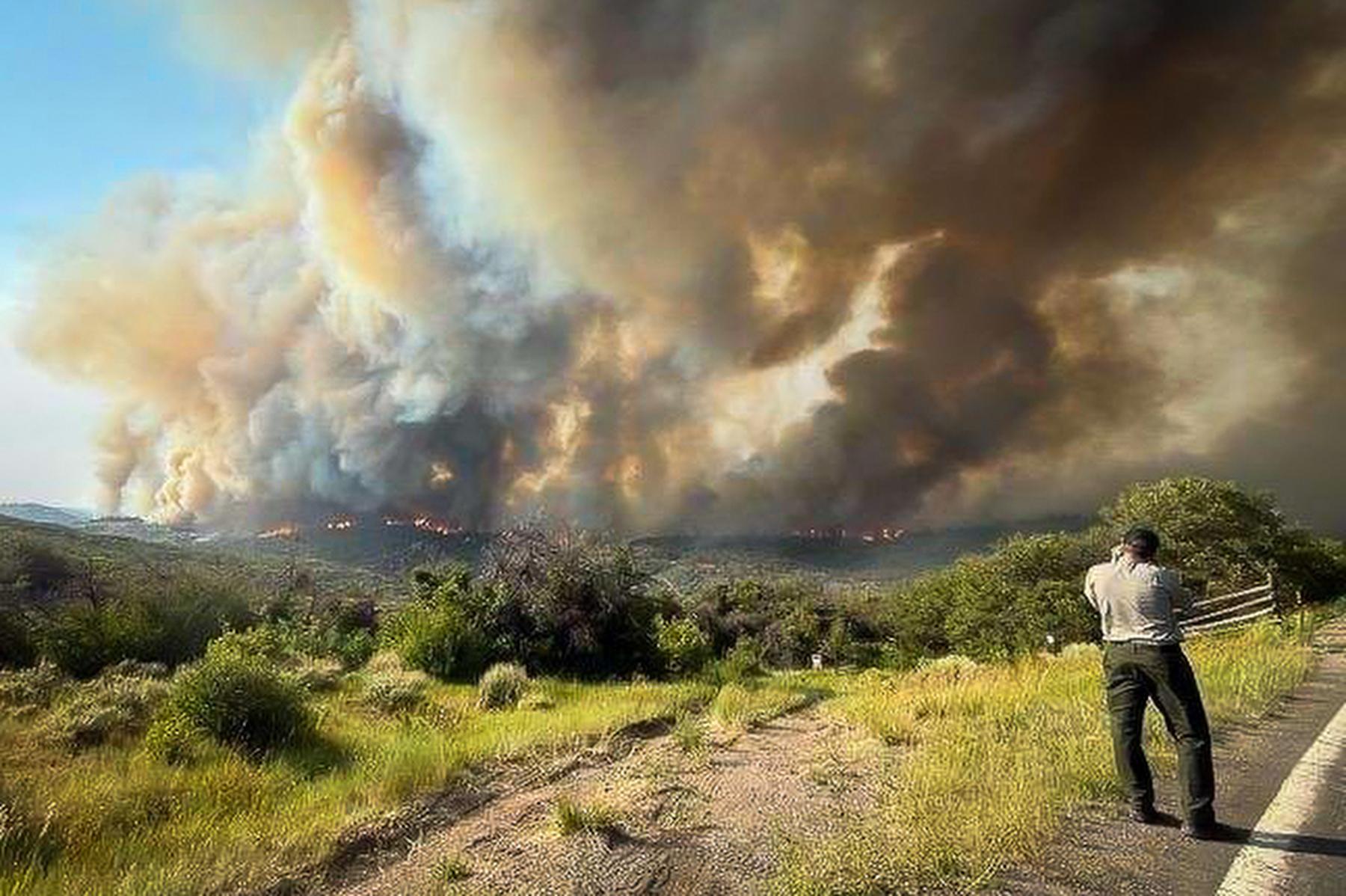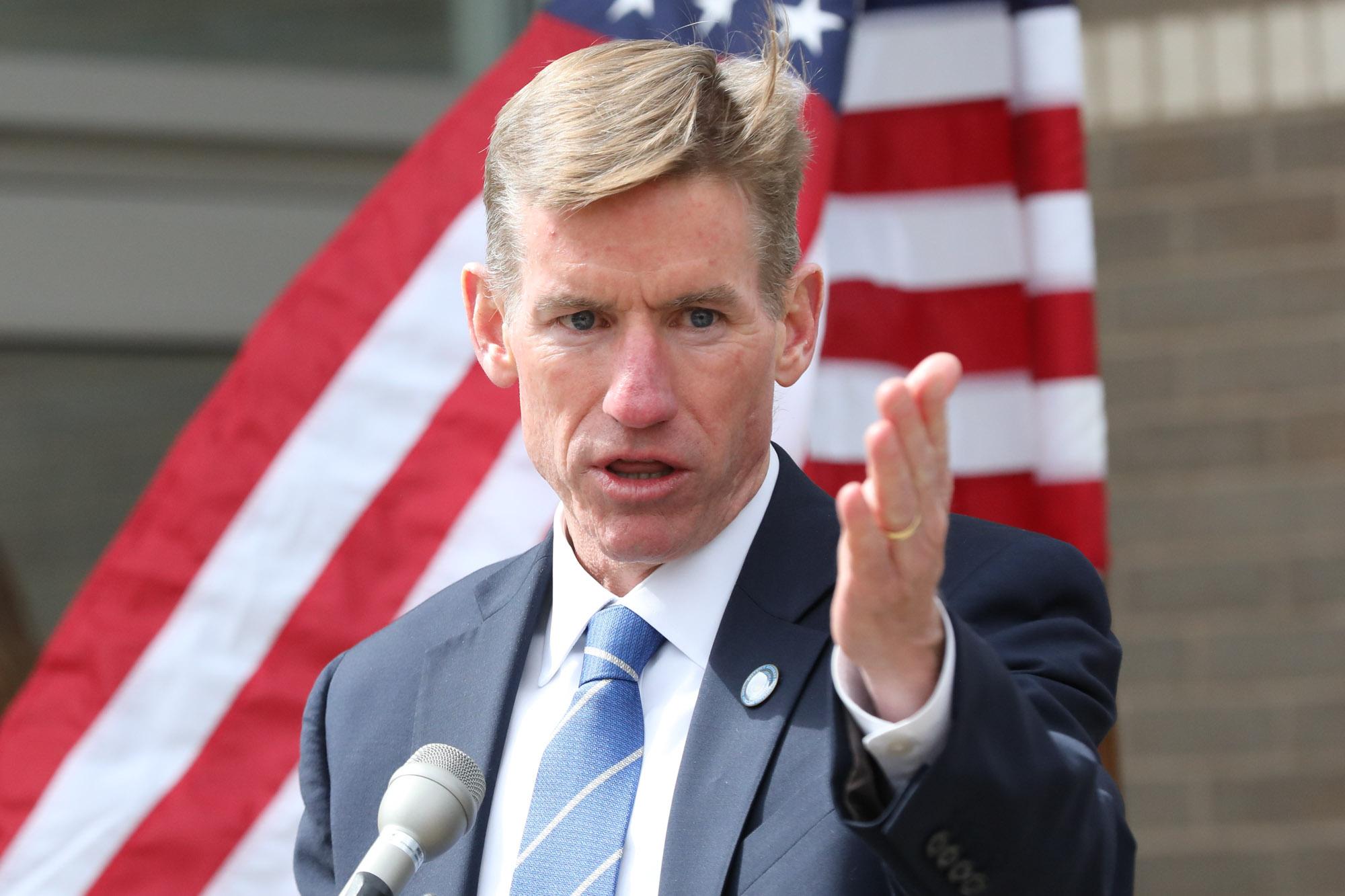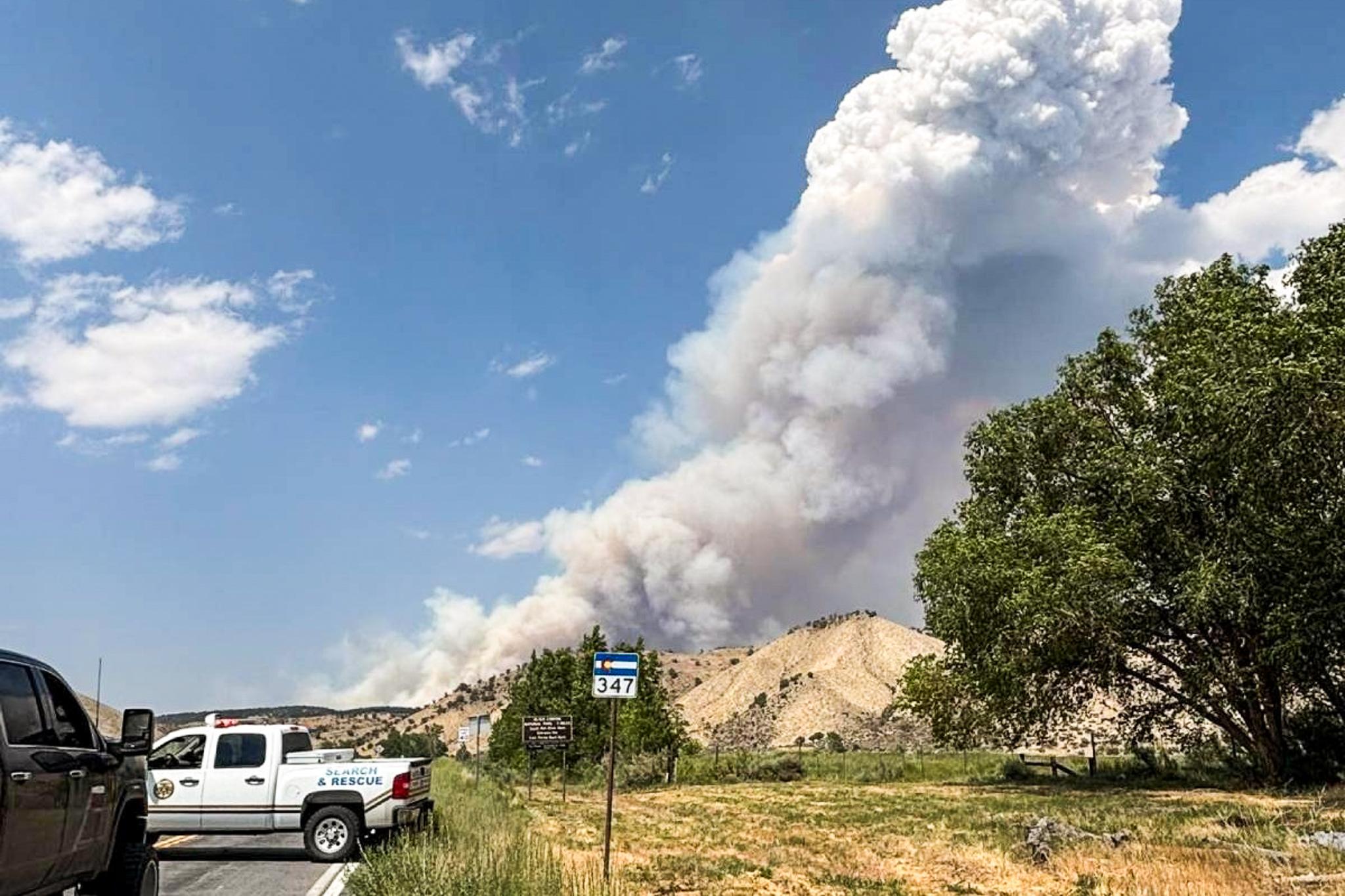How much should we worry about Tuesday?
There is nothing more normal than the regular scheduling of midterm elections for governorships, one-third of the Senate and the House of Representatives.
But this year's midterms, two years after the surprise election of President Trump, have brought on a major case of national anxiety. The tenor and tone of the national discourse has deteriorated to the point that most Americans think it will lead to violence. Indeed, it arguably already has.
In a historical sense, it's surprising the mood is so fraught. We might expect such an atmosphere in times of war or economic hardship. But the U.S. now has fewer combat troops deployed around the world than it has had in nearly two decades — and far fewer than the country has averaged since World War II. Moreover, the economy is thriving as it rarely has in memory.
Yet, there seems to be no one running a feel-good campaign. No "morning in America," no "happy days are here again." Instead, the dominant emotions in the campaigns of both parties emphasize fear, resentment and anger.
You might expect that from the party in opposition, especially given that the party in power has the White House, majorities in both chambers of Congress and a distinct advantage on the Supreme Court.
No surprise then that the out-party Democrats do talk about threats to health care protections under the Affordable Care Act and warn of autocratic overreach from the Oval Office.
But the Republicans in charge are just as consumed with dire predictions about high taxes, unilateral disarmament and "open borders." The epitome of this is the focus on a migrant caravan from Honduras trying to walk across Mexico. They have become an "invasion force" on Fox News and in Republican talking points.
The president is, as always, at the center of the action. While not on the ballot anywhere, he is on voters' minds everywhere. And who would have thought he would have it any other way?
His tour of red states backing Republican candidates has begun its own dramatic subplot to the larger narrative. And it has raised the heat on both sides of what was already a feverishly passionate season.
If Trump's role is unusually potent and high profile, so is the sudden reappearance of former President Obama as a drawing card at Democratic rallies and a magnet for younger voters and racial minorities.
Add to all this the post-2016 insecurity over computer hacks by foreign trolls or other nefarious influencers. Even the time-honored tradition of the local polling place and the volunteer staff is badly strained by contemporary pressures.
So with all these explosive elements and divisive issues, we contemplate our Election Day in a somber if not fearful mood.
So, time for a few words of encouragement.
First, it appears that all the angst and agitation have produced (or at least coincided with) record-high levels of voter interest, early voting and expectations for turnout on Election Day in a non-presidential year.
In most midterms, turnout is only about two-thirds as large as it is when the White House itself is in play. This year promises to be different. Some say turnout will be closer to that of a presidential election than a typical midterm, and the highest of any midterm in roughly half a century.
And if you believe in democracy at all, you have to see higher voter involvement as a healthy sign for ours.
There is an old adage that goes back at least to the social worker Jane Addams a century ago: "The cure for the ills of democracy is more democracy."
Most of what is going on right now is in the nature of a hard-fought campaign, lurching into its ugly finale. Everybody's rhetoric goes over the top. Civility takes a back seat, as it so often has since the earliest days of our free elections in a free republic.
In the end, what happens and does not happen will matter a great deal. But it will not be the end, nor the beginning of the end. We know that predictions about election outcomes are often wrong. Even more often, the predictions of what will happen after an election are wrong.
There will be consequences as foreseen, but also consequences that were neither anticipated nor intended.
In sum, there is enough motivation in what this Tuesday's elections can decide. It is not necessary to overburden it with all that may come after.
If you are looking for signs of what may happen in 2020, an argument can be made that Trump is more likely to be renominated and re-elected if he has a Democratic Congress (and he will label it as such even if it's only a Democratic House).
Congress makes the ultimate foil for a president seeking re-election. We have seen that work in the re-election of former Presidents Obama, Clinton, Reagan, Nixon and Eisenhower — all of whom won a second term when the House was controlled by the opposition party.
Raising the stakes to the heights of Armageddon may work for boosting turnout in the election at hand. But no outcome this next week will settle the larger issues or the overarching struggle between the parties and the tribes in our politics.
One thing we can count on: That struggle will continue.
9(MDEyMDcxNjYwMDEzNzc2MTQzNDNiY2I3ZA004))







